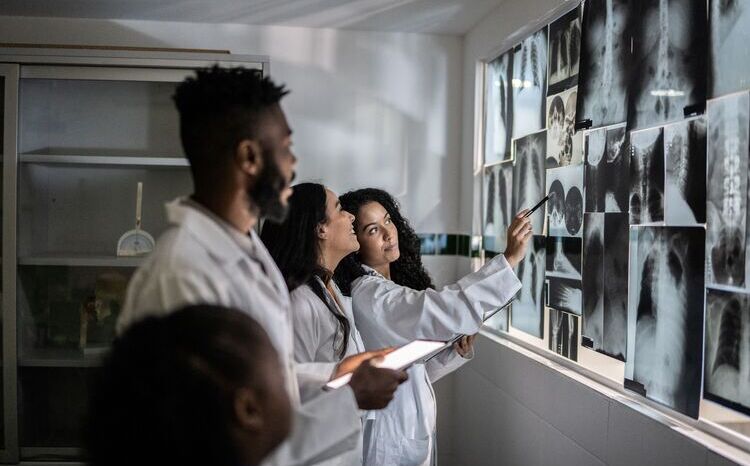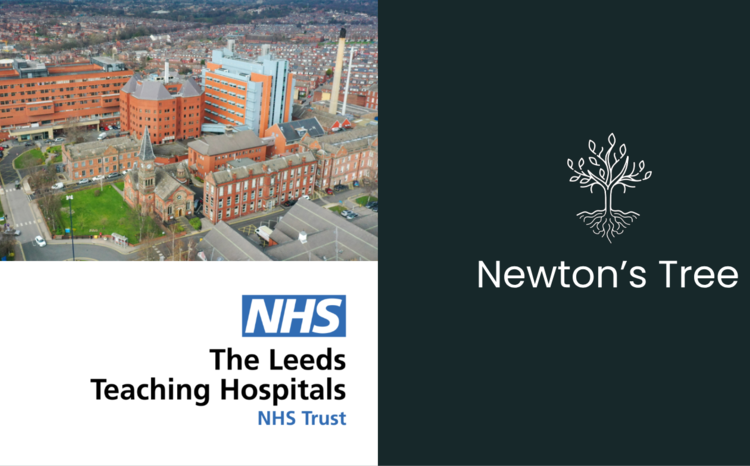HL7 conference calls for wider interoperability
- 27 October 2006
Standards drive innovation, catalyse industry growth and create opportunities for many companies in the industry, the HL7 UK conference heard this week.
Norbert Mikula, director of electronic health record technology for Intel’s digital health argued that “once industries are on one format, growth can happen.”
He cited case the of Centrino mobile technology where Intel worked with others to develop the necessary standards producing an “eco-system” for developing wireless connected mobile technology.
Now there were tens of millions of wireless devices, burgeoning hotspots for access and 250 mobilised applications – but this was only possible because everyone got together to agree on standards, maintained Mikula.
Intel was taking the same approach with health, he said. The company is a lead player in the Continua e-health interoperability alliance, which aims to create “an eco-system of interoperable personal health systems that empower people and organisations to better manage their health and wellness.”
It is envisaged that Continua’s yellow and green logo will appear on devices that achieve interoperability under the standards developed by the alliance. The idea is that medical equipment such as glucose meters, medication trackers and even weighing scales will “talk” easily with computers and medical software, enabling clinicians to receive information about their patients automatically.
Mikula pointed out that with one billion adults overweight and millions living with chronic diseases the need for such a health ecosystem was great.
Asked how Continua would relate to existing organisations focused on standards and interoperability, such as HL7 and IHE, Mikula said there was no formal relationship, but Continua would want to work with such bodies. “Continua will be looking at what’s out there and how these standards should be used,” he said.
Looking at the practical conditions needed for business to adopt standards, Charles Parisot of GE Healthcare’s manager for standards and testing, pointed out that the entire market for picture archiving and communication systems and radiology information systems existed because of standards such as DICOM were available.
However, this was a small island in healthcare. What could be done to encourage wider adoption of standards? Parisot said standards adoption was risky and it was hard to find people to take risks. If a standard failed, buyers could be left with a lot of orphan products.
He proposed a standards adoption process:
- Document ‘use case’ requirements
- Identify standards that are available and aligned with the ‘use case’ (usually more than one standard is needed to cover each case)
- Develop a technical specification – an art, Parisot admitted, which had not been perfected. “You have to have a ‘use case’ that is comprehensible to lay people but specific enough to develop the technical specification”. He said the specification has no value until it has been implemented four or five times and users were saying: “Yes, that’s what we had in mind.”
- Test at a Connectathon
Parisot praised HL7 for keeping an international perspective. “The manpower needed is rarely available at a national level. We need international experts and collaboration.”
He argued that differences between national care systems were “not a big deal” and that countries were inclined to over-localise. If an international standard that is done well, the amount of localisations should actually remain quite small. He admitted however this was not currently the reality.




